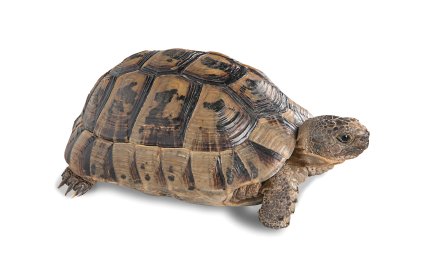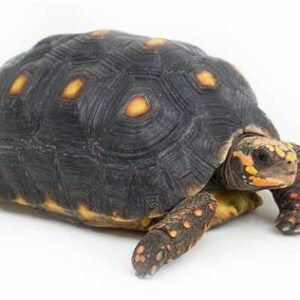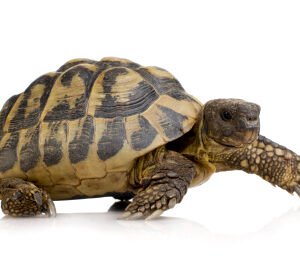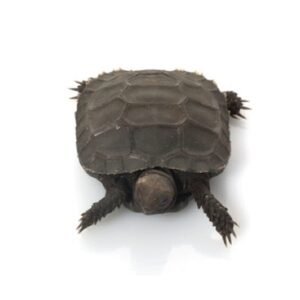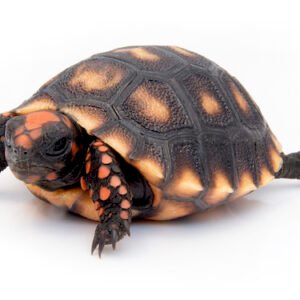Understanding the Spur-Thighed Greek Tortoise
The spur-thighed Greek tortoise, scientifically known as Testudo graeca, is a fascinating species that is emblematic of the Mediterranean region. Known for its distinctive physical characteristics, this tortoise possesses a robust and dome-shaped shell that can range from a deep yellow to brown in color, often adorned with unique patterns, such as radiating lines or blotches. Adult spur-thighed Greek tortoises typically measure between 8 to 12 inches in length, although some individuals can grow larger. Their size and patterns vary depending on their specific subspecies and habitat, offering a diverse array of appearances within this family.
Native to areas in Greece and across the Mediterranean, the spur-thighed Greek tortoise thrives in warm, dry climates, often found in scrublands, grasslands, and open forests. This habitat is not only conducive to their survival but also supports their dietary preferences, which include a herbivorous diet primarily consisting of various grasses, flowers, and succulent plants. Understanding their natural environment is crucial as these elements contribute significantly to their health and longevity.
Socially, spur-thighed Greek tortoises exhibit fascinating behaviors. They are generally solitary animals, especially as adults, but juvenile tortoises may often be found together. Their interactions are typically limited to territorial displays and mating rituals, with males engaging in head bobbing or pushing during courtship. Additionally, these tortoises demonstrate impressive adaptability, utilizing their environment for shelter and foraging. With their unique physical attributes, dietary habits, and intriguing behaviors, the spur-thighed Greek tortoise stands out among tortoise species, offering a compelling subject for both study and conservation efforts.
Caring for Your Spur-Thighed Greek Tortoise
Caring for a spur-thighed Greek tortoise requires diligent attention to their specific dietary, habitat, and health needs to ensure they thrive in captivity. Proper nutrition is crucial for maintaining their health and longevity. A balanced diet should primarily consist of high-fiber greens, such as dandelion leaves, collard greens, and kale, while also incorporating a variety of edible flowers and grasses. It is essential to avoid commercial pelleted diets and high-protein foods, which can cause metabolic issues in these tortoises. Additionally, providing a calcium supplement will aid in shell health and development.
In terms of habitat, spur-thighed Greek tortoises require a spacious enclosure that mimics their natural Mediterranean environment. A minimum enclosure size of 4 feet by 2 feet is recommended for adult tortoises, with outdoor spaces becoming even more beneficial during warm months. The substrate should be made of materials like coconut coir or organic topsoil to allow for burrowing behaviors. Proper temperature regulation is vital; the basking area should reach between 90°F to 95°F, while the cooler side should remain around 70°F to 75°F. Adequate lighting, including both UVB and heat sources, is necessary for maintaining metabolic health and facilitating vitamin D synthesis.
Shelter provisions, such as hiding spots, are essential for providing a sense of security where the tortoise can retreat. Regular health checks are important, as spur-thighed Greek tortoises can be susceptible to respiratory infections, shell deformities, and vitamin deficiencies. Preventive care includes monitoring for signs of illness, maintaining a clean habitat, and scheduling routine veterinary visits to ensure optimal health. By understanding and addressing the specific needs of these tortoises, pet owners can support their well-being and longevity in a home setting.

